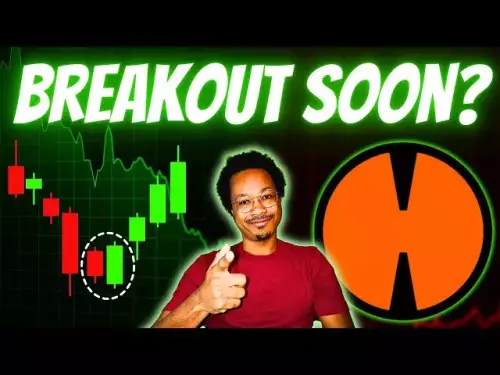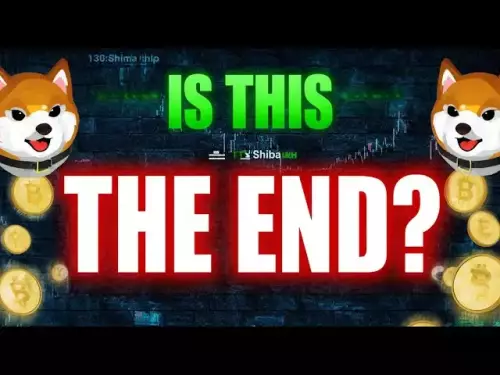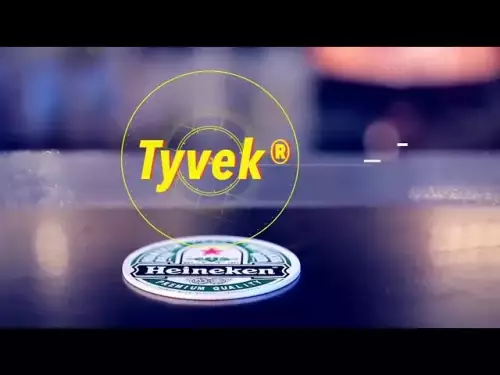Exploring the intersection of DeFi token scarcity and governance challenges, exemplified by Aave's WLFI dispute, plus insights into MAGACOIN and mXRP.

DeFi Token Scarcity & Governance Challenges: A 2025 Deep Dive
DeFi is wild, right? Tokens are popping up left and right, each promising to be the next big thing. But what happens when scarcity meets the complex world of decentralized governance? It's a recipe for both innovation and, let's be real, some serious drama. Let’s break it down.
The Aave-WLFI Saga: A Cautionary Tale
Aave, a big name in decentralized lending, found itself in a pickle with World Liberty Financial (WLFI), a Trump-linked token. A proposal for Aave to receive 7% of WLFI tokens in exchange for listing WLFI on Aave V3 hit a snag when WLFI folks denied the allocation. Cue the chaos! AAVE's token price tanked 8% in a day. Ouch.
This whole mess highlights a key issue: transparency doesn't always equal clarity. Even with DAO votes, conflicting info can throw everything into disarray. It sparks the debate of whether DeFi needs some form of centralized communication to combat misinformation, despite the risks to decentralization ideals.
MAGACOIN FINANCE: Riding the Altcoin Wave
On the flip side, MAGACOIN FINANCE is making waves, raising over $14 million. Experts attribute this success to well-designed tokenomics and a scarcity-focused strategy. With a tiered allocation model, early birds get lower prices, and supply is limited at each stage, setting the stage for potential price jumps. Plus, institutional investors are hopping on board, showing some serious confidence.
mXRP: XRP Enters the DeFi Arena
Then there's mXRP, a yield-bearing token on the XRP Ledger. Developed by Midas and Interop Labs, mXRP lets XRP holders earn up to 8% annually. It’s the first tokenized yield product built for the XRP Ledger’s EVM sidechain. Axelar provides the infrastructure, connecting the XRP Ledger to over 80 blockchains, enabling mXRP to be used across multiple DeFi protocols.
The Scarcity Factor: Boom or Bust?
Scarcity plays a huge role in the DeFi token game. WLFI is trying to boost its price by burning protocol fees to decrease supply. Some analysts predict this, combined with expansion to more blockchains, could push WLFI to $0.90 by 2030. Others foresee a crash, citing limited utility and dependence on Trump’s political moves. It’s a gamble, folks.
Governance Challenges: Who's Really in Charge?
The Aave-WLFI situation brings up a major question: who's really calling the shots in DeFi governance? Aave's move toward a Bitcoin-centric treasury strategy and cross-chain expansion is bold, but it also concentrates power. As Aave dominates the DeFi lending market, its decisions have a massive impact. Balancing decentralization with institutional influence is a tough act.
Final Thoughts: Navigating the DeFi Jungle
DeFi is a wild ride, full of potential and pitfalls. Scarcity can drive prices up, but it also creates risks. Governance challenges are real, and they can make or break a project. As investors, we need to weigh the innovation against the risks, stay informed, and maybe, just maybe, we'll come out on top. After all, who doesn’t love a little bit of calculated chaos? Just remember to buckle up!












































































